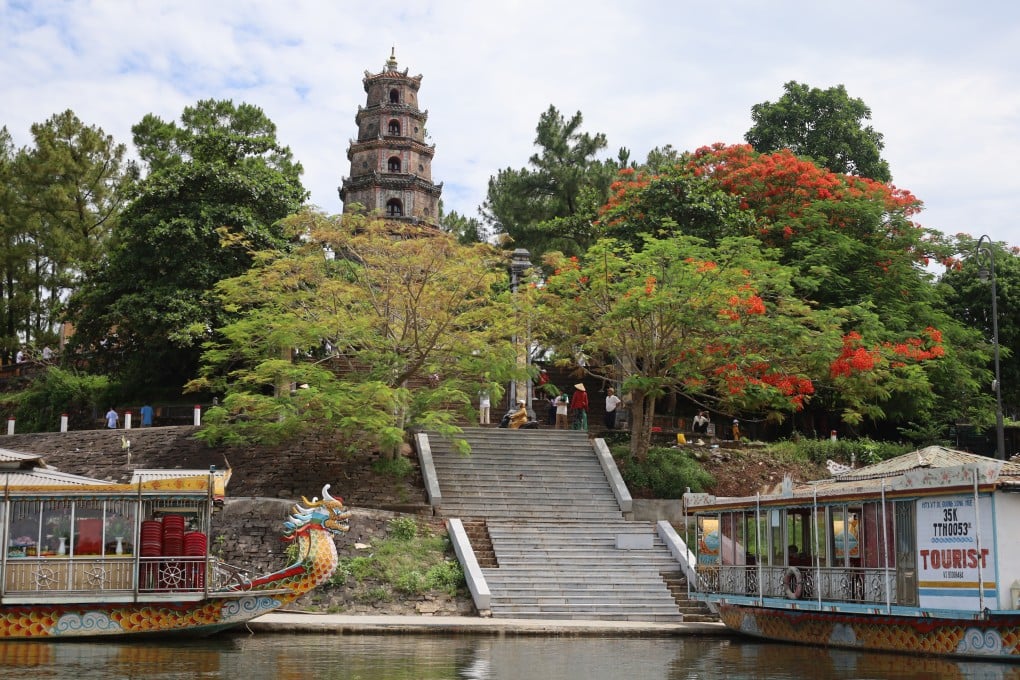1,000 years of history sandwiched between Red River and Mekong delta on the Reunification Express through Vietnam
- A journey from Hanoi, the Vietnamese capital, via former capitals Ninh Binh and Hue, to Ho Chi Minh City, its investment capital, reveals much about the country

It’s difficult not to think about trains while in downtown Hanoi, especially at mealtimes.
Long metal caravans shunting through town in plain view of the near-ubiquitous streetside eateries contribute a periodic clappity-clap rhythm to the city’s clamorous soundtrack.
Tracks girdle the historical heart of the Vietnamese capital like the head of a question mark and in doing so, connect two of Hanoi’s most popular sites: the Long Bien Bridge, a colonial structure spanning the Red River that was bombed so many times during the Vietnam war it became a symbol of national resistance, and Ngo 224 Le Duan (better known as Train Street), an alleyway along which trains pass perilously close to houses and makeshift cafes.
However, my travel inspiration comes not from the recurrent glimpses of locomotives, but from an old propaganda poster hanging in a tourist shop opposite the Cathedrale Saint-Joseph de Hanoi.

The print exhibits the simple aesthetics used to communicate a political idea, in this case, a train speeding past red flags above text that reads: “Hanoi-Hue-Saigon, the country is united on Line One.”
I decide to follow that route, from the northern political capital to the economic capital in the south, via the Nguyen dynasty (1802-1883) capital Hue, but am advised by a Vietnamese friend to include another, older capital, in Ninh Binh, where “the scenery is spectacular”.
